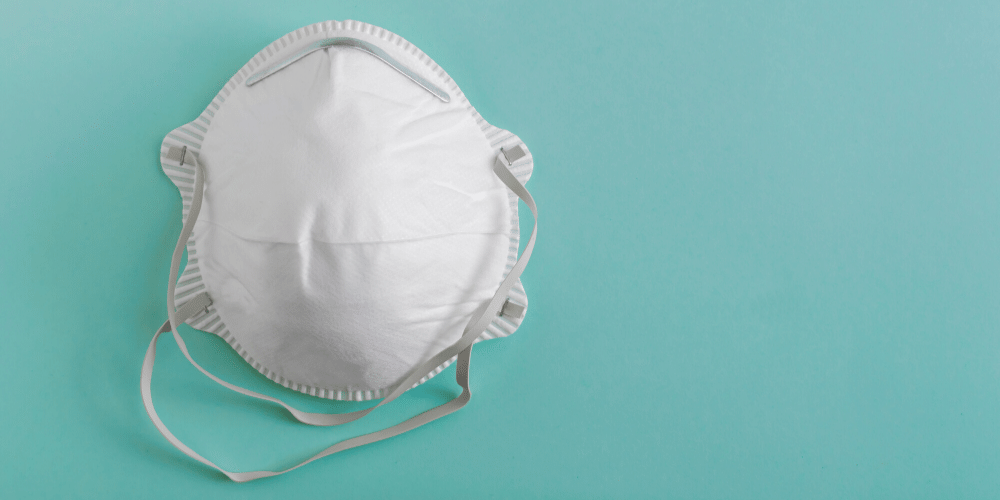The Importance of Social Media in Crisis Communications
Leveraging Social Media to Communicate Emergency Notifications
It’s 6 a.m., and your cell phone rings. It’s the chief of police, and he’s called to notify you that one of the largest factories in your community suffered an explosion and has gone up in flames. Emergency responders are on the scene, but battling the blaze could take hours and is bound to disrupt the morning commute of hundreds of citizens. You immediately start to execute your emergency citizen notification plan. You contact the media, you place a message on the homepage of your website, and you send an email to your subscribers. As you wait for more news from the chief of police, you worry about all the citizens who won’t see your message before getting into their vehicles to start their morning commute. If you fear that your emergency communication plan is lacking a crucial element, or have already lived through a similar disaster and know you fell short of reaching most citizens, it’s time to add social media to your communication mix.
The Power and Reach of Social Media
Ten years ago, social media platforms may have seemed like digital toys for teens and tweens. Today, thanks to the overwhelming adoption of social media use by Americans of all ages, social media platforms have metamorphosed into viable communication channels for credible organizations and entities. In the United States, 56 percent of Americans 12 years old and older have a profile on a social networking site, while the typical Internet user has an average of 5.54 social media accounts.
Communication Best Practices
Posting critical information to Facebook and Twitter provides not only an additional channel for reaching citizens who are already following your community’s social media presence, but it also enables citizens to share your message with their followers, helping to extend the reach of your message to others in your community. Consider these best practices for utilizing social media during a natural disaster or community emergency:
-
Keep messages short and actionable. Give citizens specific feedback, such as the location of emergency shelters or road closure updates.
-
Link to more detailed content, such as emergency evaluation maps or shelter lists.
-
Include hashtags to amplify the reach of your message (e.g., #HurricaneMartha).
-
Send updates frequently. One of the most significant benefits of social media is its immediate impact. Citizens will be looking for continual updates, so keep tweets, posts, and shares of valuable news, information, and instruction coming frequently.
-
Utilize a government content management system (CMS) with an integrated emergency warning system that allows you to send critical communications to all your social media channels in a single step.
-
Emergencies don’t just strike Monday through Friday from 9 – 5 while you’re sitting in your office, so use a CMS that enables you to craft and send messages from a mobile device.
-
Choose a CMS that integrates with the Integrated Public Alert and Warning System (IPAWS). IPAWS is designed to help create and distribute local emergency notifications to your community through all the nation’s available alert and warning channels, such as TV, AM/FM radios, WEA capable wireless devices, and NOAA weather radio.
-
Continue to share updates even when an event has ended. Your citizens will be just as interested to learn about your community’s recovery and clean-up progress.
To learn more about how to leverage social media as part of your crisis communication plan, download the CivicReady® eBook, The Importance of Social Media in Crisis Communications.




















